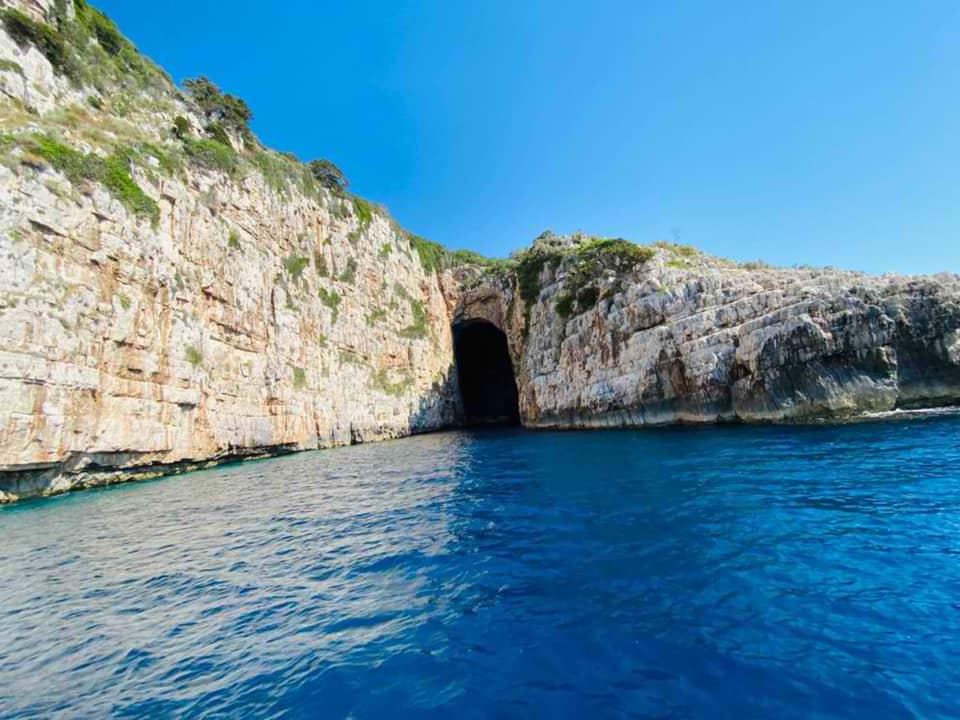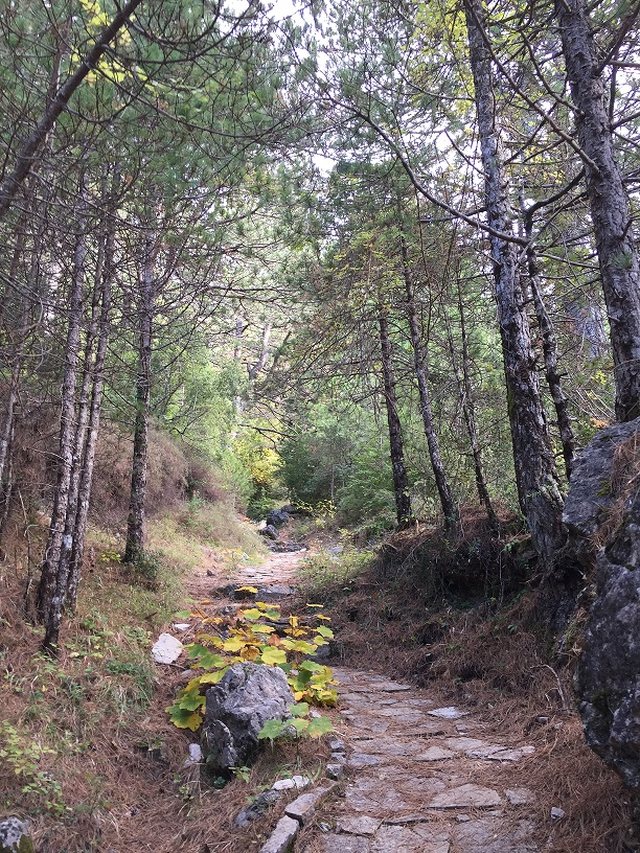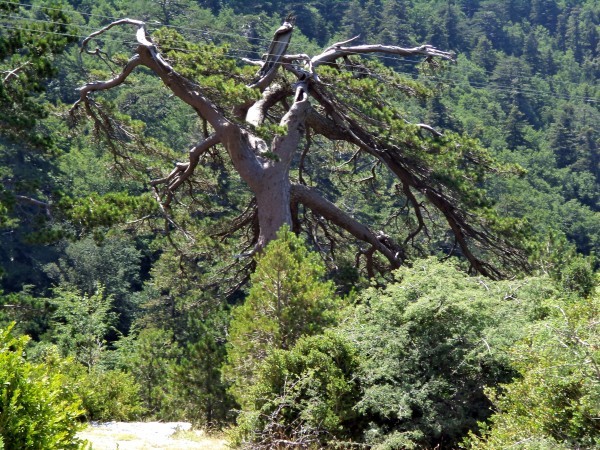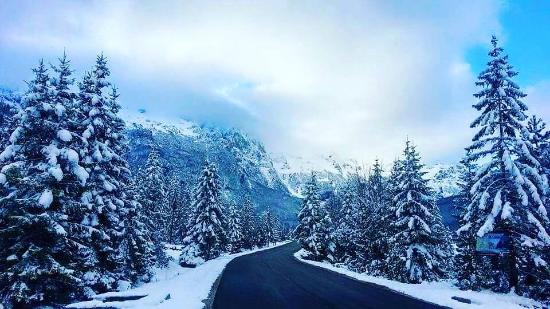- The Cave of Haxhi Ali

The Cave of Haxhi Ali is located on the Karaburun Peninsula.
The safest abode of Haxhi Ali Ulqinaku is the cave, which also bears his name. It is the largest cave on the Albanian coast, with an entrance height of 60 meters above sea level. This cave is located at the northwestern tip of the Cape of Gjuhëza.
According to historians, the cave’s old name is the Illyrian Cave. The Illyrian Cave, used by the famous sailor from Ulcinj, Haxhi Ali, is an interesting witness to history. Entering inside, an elliptical-shaped lake appears, with its major axis directed towards the entrance. The hall extends in length for 60 meters, oriented from NW–SE, and has a width at the base (above sea level) of about 40 meters at its widest point. Overall, the cave is about 100 meters long.
The depth of the inner lake reaches 10.4 meters towards the NE side of the end of the cave. On the rocky walls of the hall facing the entrance, there are steep stalactites of possible organic or mixed origin. At its entrance, fragments of ancient amphoras from the first centuries AD have been found. This cave has continuously attracted the attention of both foreign and Albanian sailors. The brave Albanian sailor Haxhi Ali used it as a protective shelter while fighting against foreign pirate ships that attempted to enter the Bay of Vlora or piratically steal livestock from the locals in Karaburun.
Around the years 1540–1545, it was used by French pirates for protection, as indicated by the nearby toponyms.
2. Julius Caesar's Path, Llogara

Caesar's troops traversed a difficult route through the Pass of Llogara, crossing trails and leaving behind marks in history. At this high pass, 1050 meters above sea level, there exists today a path named "Caesar's Path," a testimony to that history, bearing the names of world-renowned figures.
3. Flag Pine, Llogara

The "Flag Pine" is located in the Llogara National Park, just north of the pass with the same name, 910 meters above sea level. It has the shape of a flag as a result of the strong southeastern winds. The pine belongs to the species Pinus nigra. The tree is about 20 meters tall, with a trunk diameter of 75 cm and an age of about 100 years. This monument has scientific, biological, aesthetic, and tourist values. Some branches are drying out due to natural factors. To reach this monument, take the Vlora-Dukat-Llogara road until just before the Llogara Pass, on the right side of the road after passing the tourist village.


